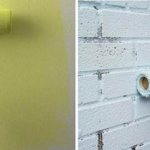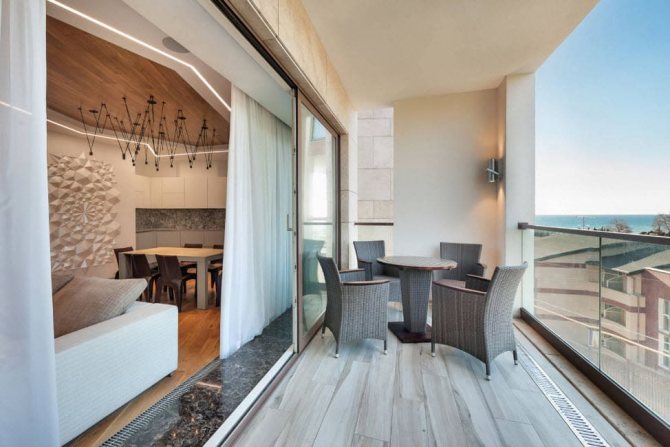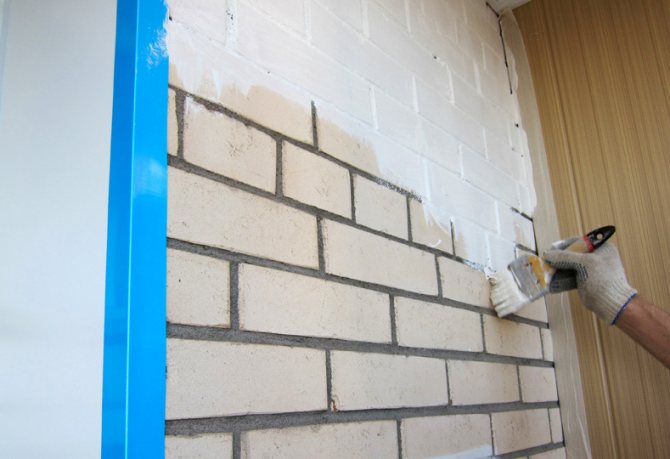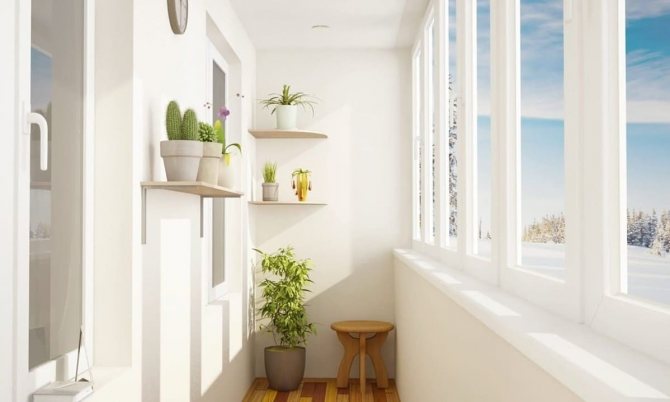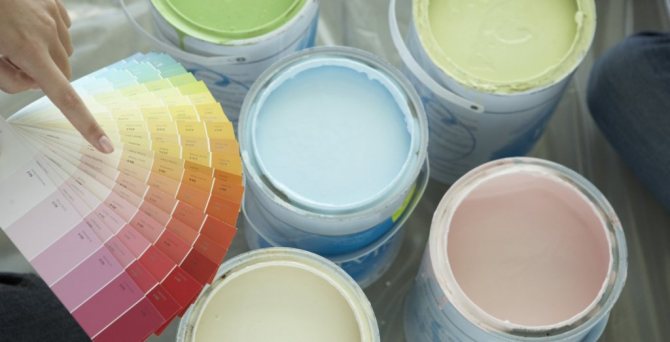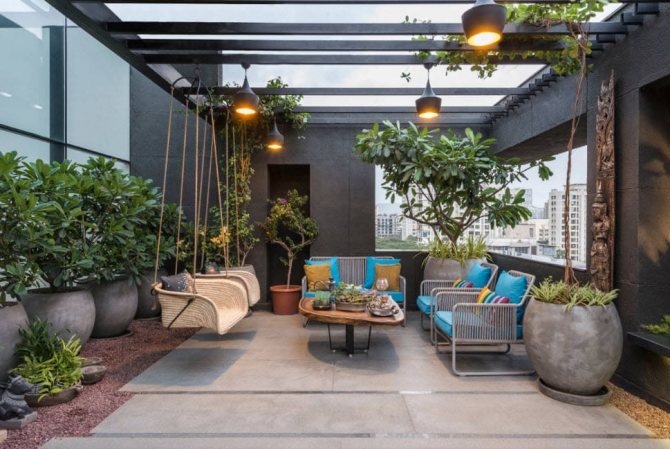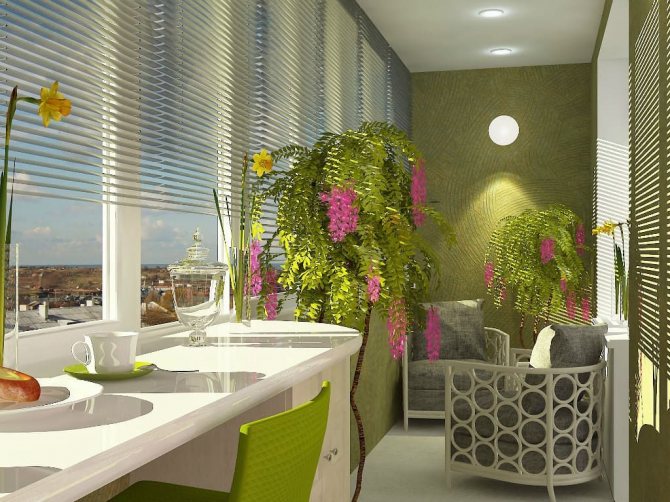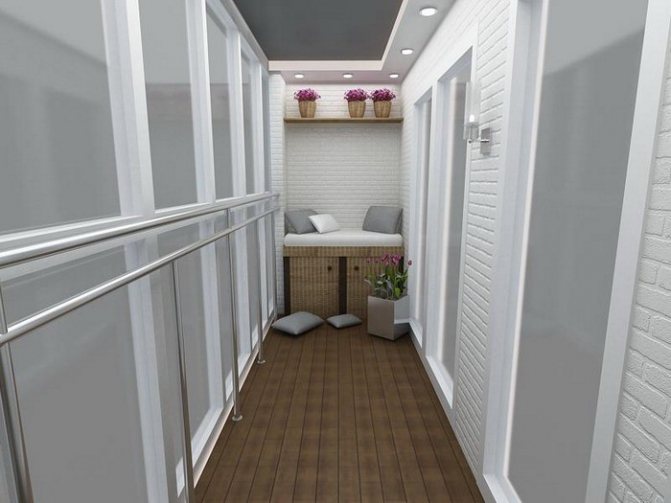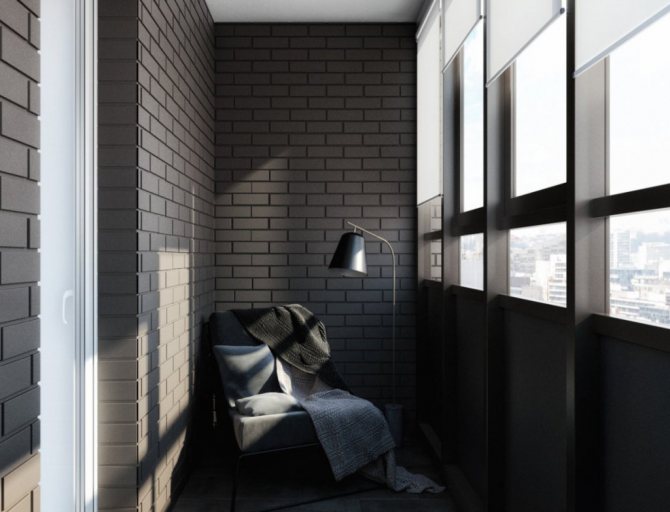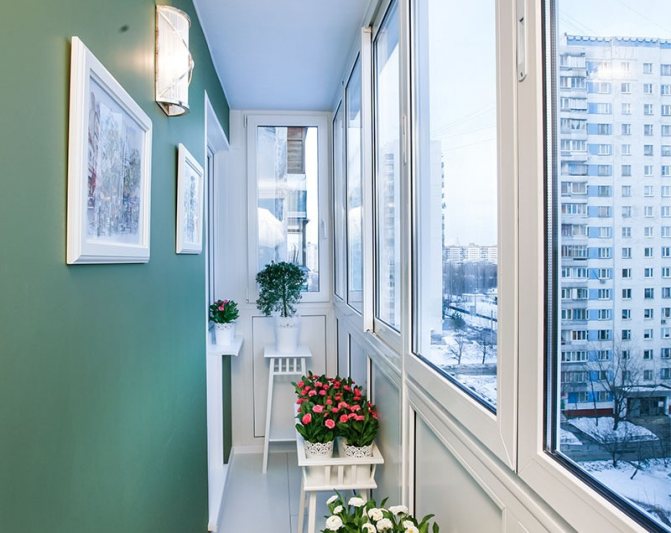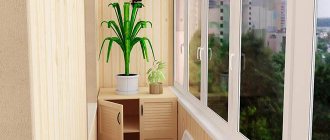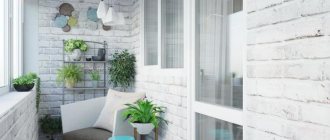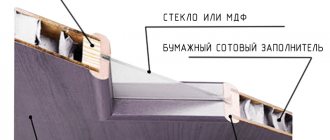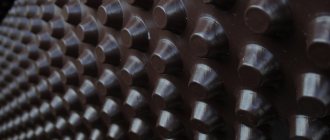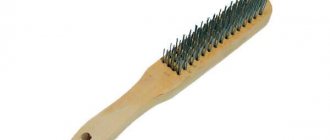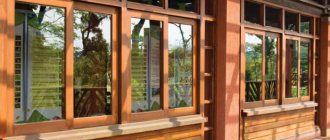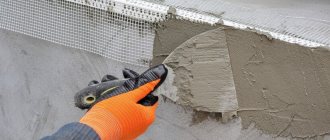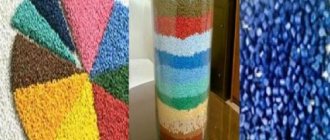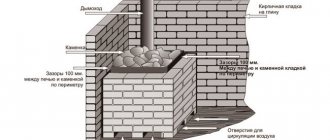Painting the walls and ceilings of balconies and loggias is the most affordable finishing option that does not require special skills, special tools and expensive materials. Usually, external painting of a balcony does not require high quality work, so almost everyone can paint the walls or ceiling with their own hands.
Fig. 1 Painting the walls on the balcony with your own hands
All surfaces made of any finishing materials lend themselves to painting, the main task is to solve the question - how to paint the balcony.
Choice of paint
There are general requirements for paints:
- according to the intended purpose, paints are for external and internal surfaces;
- if it is possible to see the paint inside the container, then you should pay attention to the consistency: the paint should be homogeneous and not have clots and lumps;
- composition - the paint should not have harmful impurities. This is especially true for interior paints;
- if the balcony or loggia is not insulated, then it is recommended to choose a paint that is resistant to high humidity. At low temperatures in non-insulated balconies, condensation forms on the surface of the walls. The paint must be resistant to it;
- often balconies have PVC profile frames. When painting the profiles, paint can get on the glass. It is necessary to make sure that it is possible to remove paint from unnecessary areas;
For outdoor painting, it is recommended to choose a weather when there is no rain and strong heat. At high humidity, the paint will become uneven, and in heat it hardens, not having time to spread over the surface.
Features of balconies repair
Like the open facade of a building, balconies are very vulnerable. They are exposed to direct sunlight, they are wetted with rain and covered with snow, a gusty wind beats against the walls of houses, splitting and blowing off paint. A high-quality finishing of this room requires a special approach and special materials.
Let's not forget that moisture often accumulates on the balcony floor, and for this it is not necessary that it rained the day before: it could be morning dew or condensation on a closed loggia. Good waterproofing of the balcony is one of the primary tasks when renovating it.
The lower surface of the balcony platform should be covered with vapor-permeable materials, for example, cement or lime compounds, but epoxy or polyurethane two-component materials are better suited for the floor. Also, special attention is required to be paid to the strength of the compounds used: remember that balconies experience increased mechanical stress.
And the last thing: before starting painting, it is necessary to thoroughly clean, sand and degrease all the surfaces to be treated. This will ensure the best adhesion and therefore the durability of the coating.
Types of paints
The market offers many types of paints. Before buying, you need to study their properties.
The most common types of paints are as follows:
- Silicone - help to perfectly cover uneven areas of the surface. Differs in a long service life. Silicone paints do not lose their original gloss for up to 20 years. Resistant to high temperatures. Usually, substances that prevent the appearance of biological organisms are added to the composition of such paints. In other words, no mold or mildew will appear on the silicone surface. It has an unpleasant, pungent odor that disappears after the paint dries.
- Acrylic paints - the optimal solution for interior painting of the balcony.Water-based paint that dissolves well with water. Easy to apply. Dries quickly. For optimal effect, it is recommended to take by calculation: 1m2 = 500 gr. paints. This volume is enough for 2 layers.

- Water-based paints - the most budgetary option. It is believed that this material is obsolete. Has a relatively low level of temperature resistance. The service life is usually not long - 1-2 years. But a practical option for painting ceilings in insulated balconies and loggias.
- Silicate paints are made on the basis of liquid glass... It is because of this composition that it can be difficult to remove them from the surface. Liquid glass creates strong adhesion to any surface. Therefore, it is optimal to use for outdoor painting with a view to many years. Also silicate paints are resistant to temperature extremes, humidity and heat. High water permeability. The paint itself dries on average in 24 hours. It is recommended to take by calculation: 1m2 = 350 gr. Of paint.
Expert opinion
Starodubtsev Ilya Sergeevich
Balcony master
It is recommended to take according to the calculation for 1 m2 of surface - 200 gr. paints.
- Alkyd paints are based on resin and dyes... This gives them a pungent odor and a fast drying property. The paint on the surface creates a thin yet durable film that copes well with both moisture and shock.
- Latex paints - not the best option for full coverage. Better to use it in combination with silicone or alkyd paint. By itself, latex paint is only suitable for correcting small defects on the walls: thanks to its structure, it easily penetrates into cracks and takes the required shape. The vapor permeability of these paints is not high. UV resistance also does not compete.
Surface types
The standard surface for balcony walls is concrete or brick. But if the painting is done after insulation, then you will have to deal with other materials. Their physical properties must be taken into account.
Wood or lining


Irregularities on such surfaces are eliminated with a putty. It is recommended to choose two colors, one for the base surface and one for the frames. Before painting, the wooden surface should be coated with linseed oil in several layers. A primer is also suitable for leveling. It is recommended to use oxol or alkyd primer.
With good preparation of the surface of wood and lining, the paint is applied evenly, forming a dense protective film.
Preliminary preparation will help reduce paint consumption and achieve a more aesthetic result. The final result is varnished in two layers. To enhance the effect of varnishing, alkyd paints and varnishes are well suited.
Plastic


The plastic surface more often than other materials requires additional coating with paint or other materials. For such surfaces, you should choose special paints for PVC. These paints are sold in small cans, from which they are easy to apply to surfaces.
It is recommended to regularly renew the painting of the plastic surface, as this plays a significant role in increasing the life of the plastic. Before painting, the profiles are removed, treated with a solvent or alcohol, then only the paint is applied. The same rules apply for siding.
Expert opinion
Starodubtsev Ilya Sergeevich
Balcony master
The plastic is installed in place after the paint has completely dried. This is usually 24 to 72 hours.
Drywall
Drywall panels are also removable for painting. Preparatory work includes removing existing paint and covering with putty. To achieve a perfectly flat surface, it is recommended to use abrasive grout materials.


To obtain a high-quality painting, it is recommended to first cover the primer layer with a finishing color paint. For drywall, water-based paints are chosen. The best option for a balcony is water-based or acrylic paint. The paint is applied in two layers: one - in an arbitrary direction, the second - in the direction of the light.
Profile sheet
If you paint the profile sheet correctly, the paint will retain its original gloss for up to 15 years. If bubbles and traces of corrosion appear on the surface, then it is time to prepare the profiled sheet for a new painting. Dismantling is not required before painting.


Preparatory work for the profiled sheet is a neat grout with sandpaper or other abrasive. Old paint and oil stains can also be removed with sandpaper. The ideal coating for profile sheets is alkyd paint. Drying time for such paint is less than 24 hours.
After painting, you should ventilate the balcony and the room until the sharp smell of alkyd paint disappears.
Concrete, plaster or brick
Concrete, plaster or brick are standard wall surfaces in balconies and loggias. To prepare such surfaces, sandpaper or ordinary putty is used. If there are deep cracks and defects on the wall, then you cannot do without the help of a grinder.


If there are areas with mold, then the mold is preliminarily removed, the place is treated with a special liquid against living organisms. After the liquid has been absorbed, a primer should be applied.
If the cracks are significant, then they are filled with putty or thinned cement. To work with these types of surfaces, you should have on hand different brushes and metal brushes that can handle the most problematic areas.
Expert opinion
Starodubtsev Ilya Sergeevich
Balcony master
Paint for concrete, brick or plaster should be silicate, acrylic, silicone or latex.
Color selection
The choice of color is a matter of taste for the owners. However, general recommendations will help you get an effective result. In addition, the color of the walls creates the atmosphere of the room.
Here are some useful rules for choosing a paint color for a balcony:
- It is recommended to choose two colors: one for the walls, the other for painting the window profile. If it is black and white, then the third color must be present, otherwise the interior will be boring.
- If the facade of a multi-storey building is painted, then a similar paint color can be selected for external application.


- If sunlight is constantly falling on the balcony, then it will be optimal to choose shades of gray. Blacks and other saturated colors fade quickly under the sun, while white tends to turn yellow. Of course, modern paints are able to perfectly retain their gloss and color for several years. But if there are no plans to repeat the repairs for the next decade, then such nuances will have to be taken into account.
- It must be remembered that the color of the paint helps to visually reduce or enlarge the space. The magnification effect is achieved by combining a dark floor and light walls.
- If the balcony will be used as a room for relaxation and recreation, then it is recommended to paint the walls in shades of blue.


- If there is a desire to make the space warmer and more comfortable, then the walls should be in earthy shades.
- The combination of rich orange and green colors makes the interior very catchy and bright. This choice is suitable for a balcony from a children's room, for teenagers or for a free young man.
- To create a luxurious interior, it is recommended to paint the balcony in spicy colors like turmeric or cardamom. The general background in such apartments should be light yellow or beige. The look is completed with mahogany furniture.
On a perfectly flat surface, the paint looks more juicy.Colors appear more matte on a rough surface.
Pros and cons of painting
Balcony painting is an affordable and easy way to renovate. The paint and varnish material can be found in the hardware store, and the variety of prices makes it available to most buyers. But balcony paint has disadvantages:
the coating will quickly deteriorate if the surface is improperly prepared before applying it;
- some types of paintwork fade in the sun;
- painting the walls on the balcony is done only on a dry surface.
When choosing a material, the features of use are taken into account. Only then is the desired result achieved, which will be pleasing to the eye.
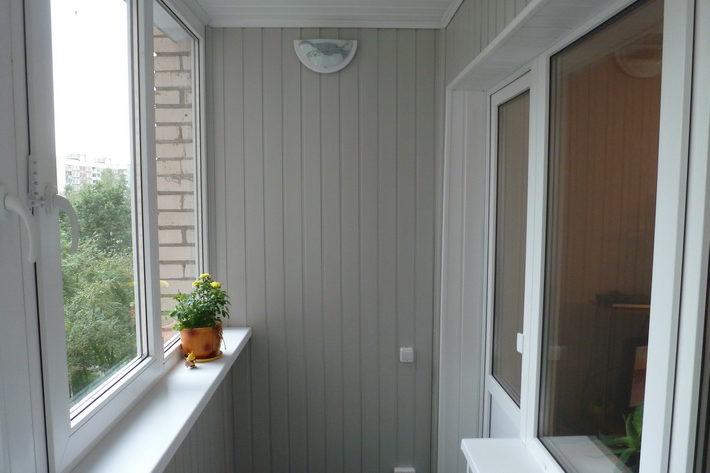

Painted surface care
It is enough to regularly free the painted balcony walls from dust using microfiber or soft dry brushes. Only acrylic paints can be washed, but detergents should not have an aggressive composition. Hard brushes are not suitable for painted walls.
If the preparation and painting were carried out in compliance with all the rules and regulations, then the interior will not require repair for a long time. Over time, it may be necessary to refresh the overall look. In this case, it is enough to repeat the paint application in 1-2 layers. No preparatory work is required.
Have you already chosen the paint color for your balcony?
Of course! I decide
If you have a desire and a little time, you can cope with painting the balcony yourself. An important rule is compliance with safety measures at every stage of work.
It is also recommended to do everything slowly. Experienced craftsmen know that first you need to make sure that the previous stage of work is flawless. If there are no complaints, then you can proceed to the next stage. This approach will help save time and nerves, as well as get satisfaction from the result.
How to prepare walls on a balcony for painting
First of all, you need to prepare the wall for painting. The wall preparation process consists of two stages: putty and primer. During puttying, we level the wall and eliminate any of its imperfections: be it pits or cracks. It is advisable to apply two layers of the putty mixture: starting and finishing. During the application of the first layer, the wall is deprived of the most obvious shortcomings and shortcomings: with the help of the finishing putty, the wall is brought into perfect condition, ready for further processing. Do you think that after the putty you can start painting right away? Not! There is also a second stage - priming the wall. Simply put, the primer improves the adhesion of the material to the surface: or, scientifically, it improves its adhesion. In addition, there are certain thick primers that can also serve as surface leveling.
There are situations when fittings or pipes stick out of the wall: this problem can also be solved with the help of careful puttying.
In addition to improving adhesion, the primer is able to protect the wall from various mold and mildew: that is, it performs protective functions. Over time, the appearance of various kinds of shortcomings may be just because the correct preparation of the wall was not carried out: therefore, this process is very important.
